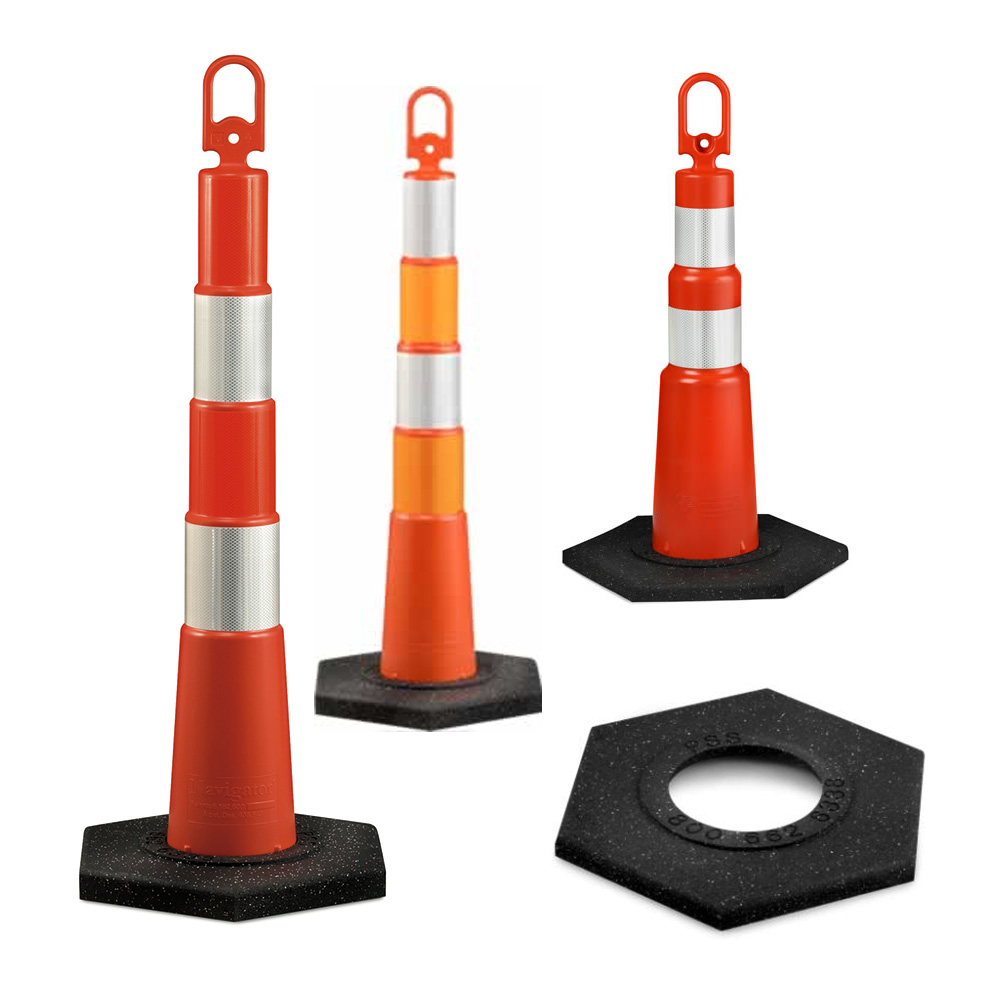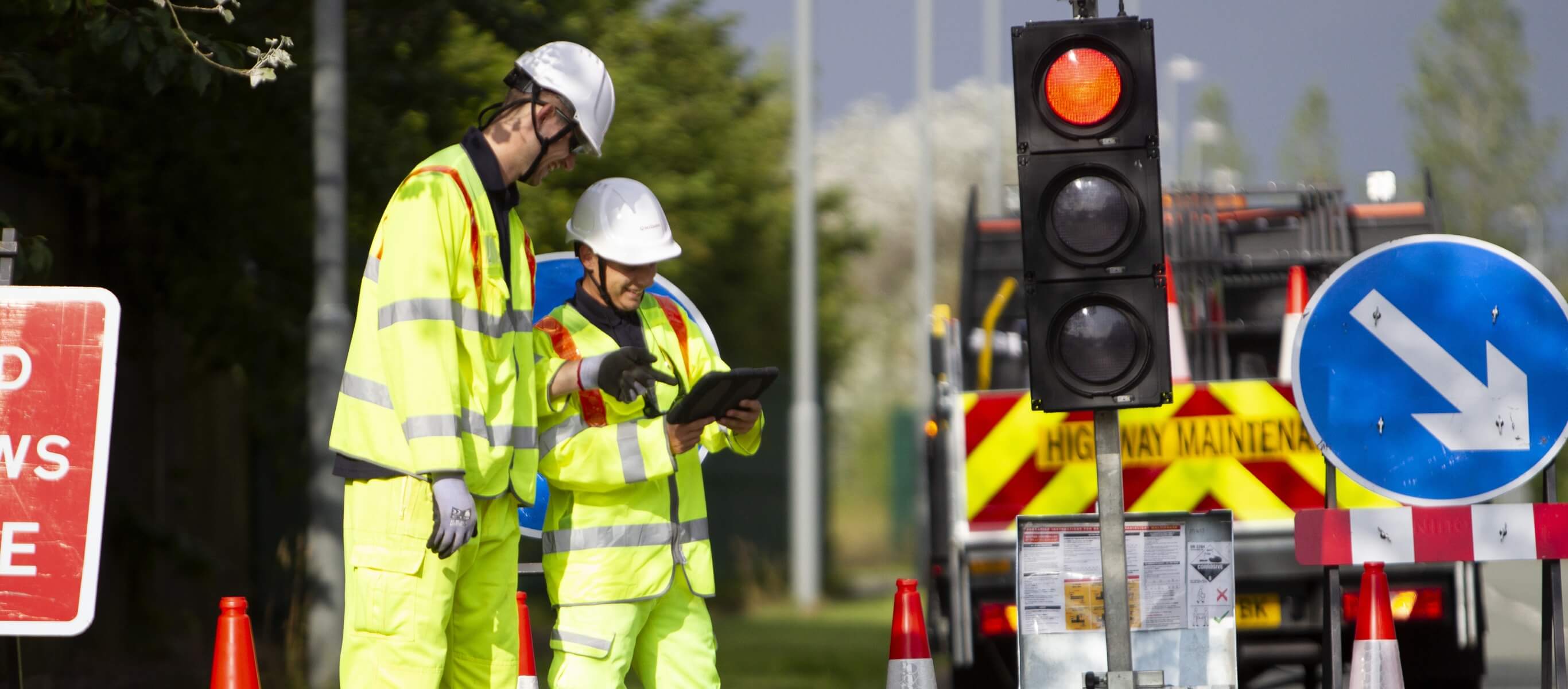
But of course, the hole also makes a handy grip when placing them or pulling them off a stack and helps prevent them sticking too tightly together with suction.
Traffic cones install#
The original purpose of these holes was so that you could install a flag on top of them-though today this is rarely done. Each feature of the traffic cone is designed with a specific purpose in mind.įor example, have you ever wondered why traffic cones have holes on top? Modern traffic cones have a seemingly simple design but they are the result of decades of trial and error-of engineering, materials and testing. Whether you call them traffic cones, road cones, highway cones, safety cones, construction cones, pylons or witches' hats cones are one of the most practical and cost-effective traffic control devices available-they can effectively close off a road and redirect traffic with minimal effort, and be stacked up and transported with ease. If you work in roading construction or traffic control, you probably work with traffic cones all the time.


In the evenings, too, the peak hour now begins earlier, at 4.30pm, with the most critical moment coming at 5.30pm, creating a total of 18 kilometers of delays.Why Do Traffic Cones Have Holes on Top? -and other little known facts… The worst moment in the morning rush hour now comes 30 minutes earlier, at 7.30am, when congestion can occupy a total of 52 kilometers of road, with circulation below 40 km/h. Three years ago peak hour was from 7am to 9am, and is now from 6am to 9.15am. The morning rush hour now starts an hour earlier than in 2016 and last longer. Such traffic volumes come with a cost, both financial and environmental, which the study puts at 169 million euros a year, or 528 euros for each driver, 23% more than in 2016.Īnother finding in the study is that since 2016, congestion has increased across all daily time zones, and not only during the rush-hour periods. That means congestion is reaching levels similar to those before the financial crisis, while in that time there has been little improvement to road infrastructure or public transport. In all, the study finds that 63,000 hours are lost every day to traffic congestion in the greater Barcelona area, the equivalent of 15.3 million hours a year, and 19.5% more than in 2016.

Traffic cones drivers#
Other measures RACC wants to see is the price of public transport reduced, variable speed limits, and use of new technology to warn drivers of break-downs and accidents.Ĭongestion causes annual time loss of 15m hours

Traffic cones driver#
One of the main upshots is a major loss of time, with each driver losing the equivalent of two days (47.8 hours) on average every year while they are stuck in traffic.Īs a result, RACC calls for a "major emergency" spending plan to boost public transport and provide reliable and competitive alternatives to driving in and out of the capital.Īmong the measures the association calls for are improvements to the commuter train network, larger parking lots at stations, and more bus/high-occupancy vehicle lanes. Traffic congestion on the roads in and out of Barcelona affects over 320,000 people a day, according to a new study this week from the automobile association, RACC.Īfter analyzing 400 kilometers of roadway in the Barcelona metro area, the study also finds that the volume of vehicles entering and leaving the city has gone up 15% since 2016.


 0 kommentar(er)
0 kommentar(er)
